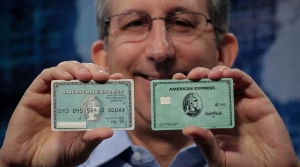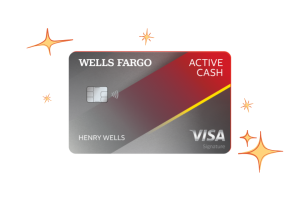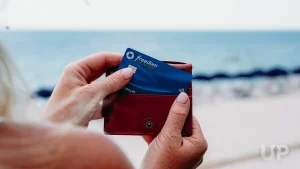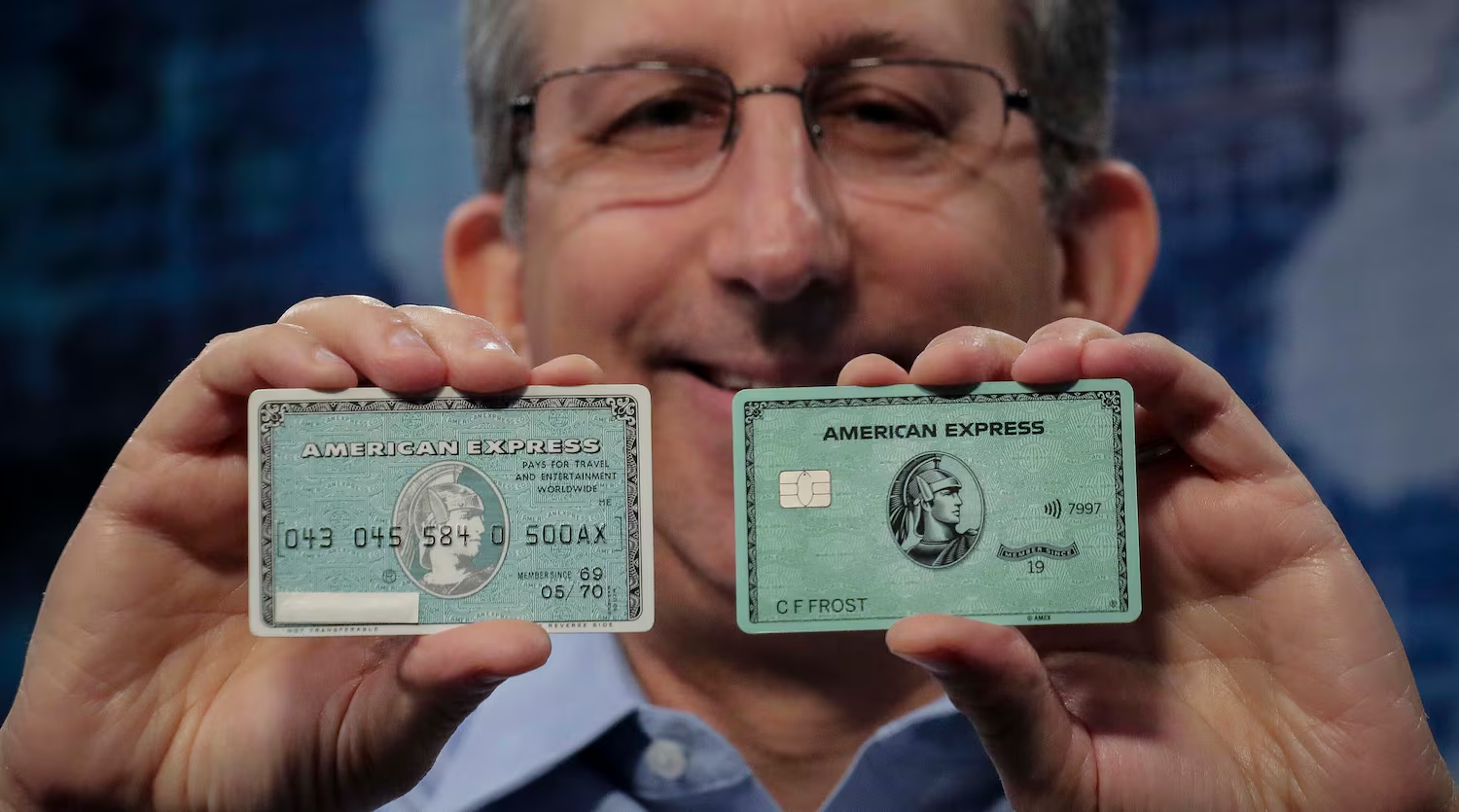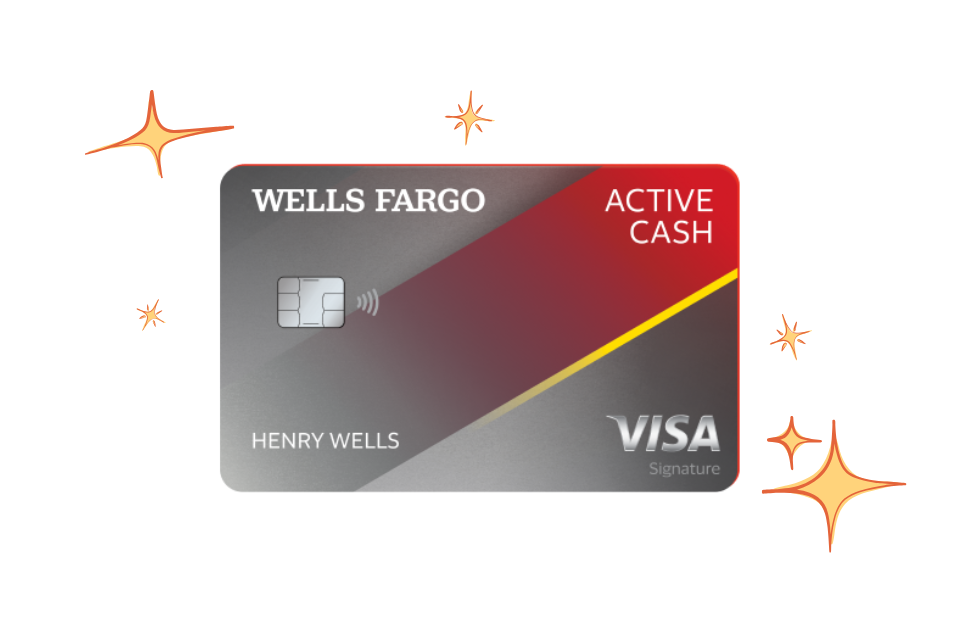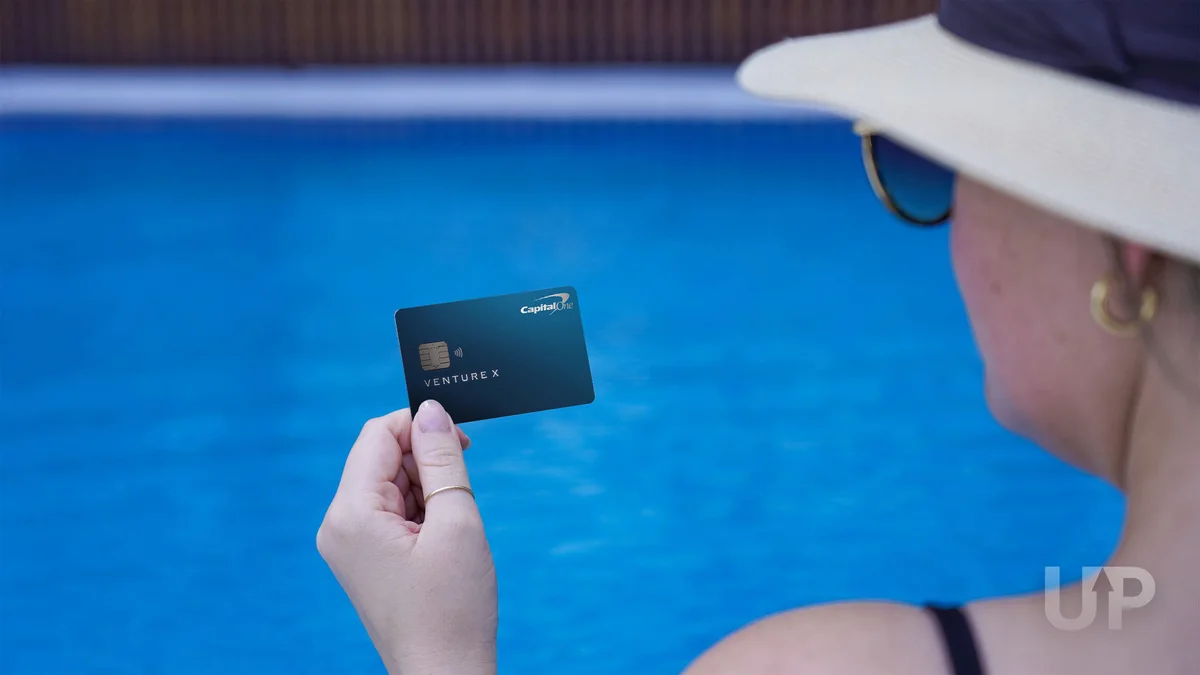So, you’re ready to jump into the world of U.S. credit cards and start building that all-important credit history. Awesome! But as you peek around, you keep seeing these two terms pop up: “secured” and “unsecured.” They sound similar, they both involve plastic, but oh boy, are they different beasts! Choosing the wrong one when you’re just starting out or bouncing back can feel like taking a detour when you’re trying to get on the credit freeway. Let’s clear the fog and figure out which path is the right one for your credit-building journey.
Think of it this way: pretty much every credit card falls into one of these two buckets. Understanding which is which, who they’re for, and how they work is step zero in picking your first (or next) card wisely.
Unsecured Credit Cards: The Standard Card You See Everywhere
When most people picture a credit card – one that lets you buy stuff on credit without putting cash down first – they’re thinking of an unsecured card. These are the standard Visa, Mastercard, American Express, and Discover cards that banks issue based purely on your creditworthiness.
How do you get one? The bank checks your credit history (your credit report and score). If you have a solid track record of borrowing money and paying it back reliably, they approve you for a credit line based on their assessment of your risk. Your promise to repay is what “secures” the debt, not a cash deposit.
- Pros:
- No upfront security deposit required.
- Typically offer higher credit limits as your credit improves.
- More likely to come with rewards programs (cashback, miles, points).
- Often come with more perks and benefits (travel insurance, purchase protection, etc.).
- They are the goal – what you qualify for once you’ve built strong credit.
- Cons:
- Much harder to qualify for if you have no credit history, limited history (like being new to the US), or poor credit.
- Higher approval standards.
- Can have significant annual fees, especially premium rewards cards.
Secured Credit Cards: The Credit Builder’s Secret Weapon
Now, secured credit cards are a different animal, specifically designed for folks who can’t qualify for an unsecured card yet. This is where that upfront cash deposit comes into play, like we discussed before.
You give the bank a sum of money (your security deposit), and that amount typically becomes your credit limit. This deposit acts as collateral. If you default on your payments, the bank can grab that deposit to cover their loss. Because the bank’s risk is so low, they are much more willing to approve applicants with little or no credit history.
- Pros:
- Much easier to get approved for if you have no credit history or bad credit.
- Designed specifically to help you build credit by reporting your activity to the major credit bureaus.
- Your responsible use directly impacts and helps improve your payment history and credit utilization ratio.
- Often serve as a bridge to getting an unsecured card later.
- Cons:
- Requires an upfront cash deposit that is tied up and inaccessible while the account is open.
- Credit limit is usually equal to your deposit, meaning potentially lower spending power initially.
- Most offer limited or no rewards programs.
- May still have fees (like annual fees), though many good options have none.
Which Path is Right FOR YOU Right Now?
Here’s where the rubber meets the road. Your current credit situation dictates which type of card is your realistic starting point:
- If you have no credit history (new to the US, young adult) or a poor credit score (due to past mistakes): A Secured Credit Card is almost certainly your most viable and smartest path forward. Trying to get an unsecured card will likely result in rejections, which can lead to frustrating hard inquiries on your limited report. A secured card gives you the tool you need to start building the positive history that will eventually qualify you for unsecured cards.
- If you have limited credit history (maybe just one small loan paid off, or authorized user status) but no negatives: You might qualify for some entry-level Unsecured Credit Cards designed for people building credit (sometimes marketed as “for fair credit”). These often have lower limits and no rewards but can be an option if you don’t want to tie up a deposit. However, secured cards can sometimes be a more reliable way to guarantee approval and start reporting.
- If you have a good to excellent credit score (generally 670+): You should focus on applying for Unsecured Credit Cards. You’ve built the history; now you can access cards with better limits, rewards, and benefits without needing a deposit.
Making the Transition: From Secured to Unsecured
The goal of getting a secured card is often to eventually “graduate” to an unsecured one. Many issuers will review your account after a period of responsible use (typically 6-12 months). If you’ve consistently paid on time and kept your utilization low, they may:
- Refund your security deposit.
- Convert your account to an unsecured card.
- Potentially increase your credit limit.
This graduation is a fantastic milestone! If your secured card doesn’t have a clear path to graduation, after 12-18 months of perfect use, your improved credit score should allow you to apply and get approved for a standard unsecured card elsewhere, at which point you can close the secured card account and get your deposit back.
The Takeaway
Secured and unsecured cards aren’t just different types of plastic; they serve different purposes for different credit profiles. If you’re starting from zero or recovering from past stumbles, the secured card is your most effective entry point into the U.S. credit system. Use it diligently and responsibly – treat that deposit as an investment in your financial future – and it will serve as the crucial springboard you need to jump to the world of unsecured credit, better terms, and more financial opportunities down the line. Choose your path wisely, and commit to walking it with discipline!

